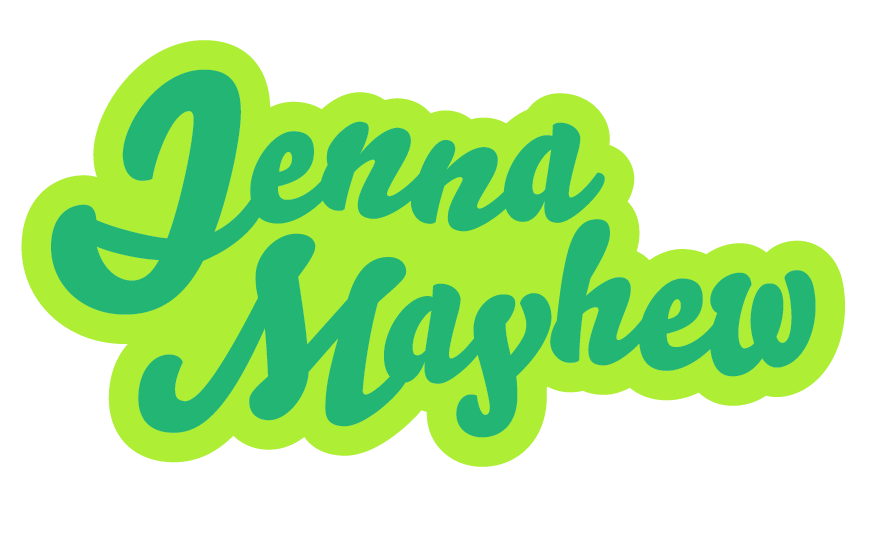How "Stylist" is Selling The Met Set
Image courtesy of Shortlist Media.
Free weekly magazine Stylist has found a way to publish a product their audience can’t get enough of. In a time where print magazines are seemingly under mounting pressure to stay alive, how has this British women’s brand created such a glossy success?
Flipping through at first glance, it would appear that Stylist is like any other modern women’s magazine available. Advertisements for make-up, perfume, and the odd hair product are obvious. Phrases like “the future really is female” pop out in bold serif copy call to the modern, young professional zeitgeist-y woman, but what really sets this magazine apart from the rest of its industry is the financial structure and the profitability of their audience.
Stylist, and its parent company Shortlist Media claim a very specific audience aptly dubbed The Met Set. Described as “anxious, ambitious, caring, pleasure-seeking, hard-working, yoga-loving, cocktail-drinking – and almost certainly yearning for a good night’s sleep,” advertisers are keen to gain this elusive market of the “liberal, urban elite”.
Who are The Met Set?
Images courtesy of Shortlist Media and Unsplash.
So how can a weekly magazine exist, let alone profit, at no charge to customers while maintaining the aesthetic one would expect of a “typical” magazine? Of course, loyal Stylist readers can subscribe to the mag for a reasonable £1 a week for a year, but more likely the magazine is bringing in advertisers with the pitch of being able to tap into The Met Set market.
Purchasing an advertisement for one magazine run will cost advertisers anywhere from £20,700 to approximately £106,000 depending on page layout and preferred placement. From estimations based on Stylist’s media kit, one weekly run could make the magazine over £790,000 in conventional advertising alone. But everything in the magazine is advertising. Upon closer reading, nearly all of the content is sponsored by a third-party partner, clothing retailer, or is designed to drive readers to purchase tickets to an experience using a specialized promotional code, leading to Stylist gaining a commission from online purchases. This model has proven so promising for the publisher that they’ve recently announced plans to “axe” its namesake magazine, Shortlist, and “rebrand itself as The Stylist Group under plans to centre efforts on the Stylist brand”.
“Family, our agency for The Met Set, will create meaningful content for your brand that inspires action.”
Brand video courtesy of The Shortlist Media Family — the in-house advertising and brand partnership agency facilitating branded content implementation across their portfolio.
In reality, the type of sponsorship the magazine receives shapes the content itself. If a company comes to Stylist for a branded content partnership, the framing of the product is going to have to be consistent with Stylist’s brand voice and identity. The Stylist brand can’t lose the trust it’s built with readers — that’s a large reason why the branded content partnership works and why advertisers are willing to financially commit to the advertising prices.
However, it’s going to be much easier to accommodate a typical women’s lifestyle brand into a cohesive narrative for the magazine than if they received a pitch from a football club. There is a multitude of ways the writers can incorporate products or experiences, but the more “off-brand” the partnership is, the more difficult it will be to make the placement look and feel cohesive to the reader. The “advertorial” items found in the magazine seem to almost be reserved for those products writers can’t quite make work. I mean, how do you make a Waterpik aesthetically on-brand?
At the same time, if the writers are only receiving article concepts based on what the magazine has been provided from partners, there are only so many different ways they can creatively incorporate them, therefore ultimately limiting the variety of content produced. Honestly, how many different versions of the “Five Things to Do Sunday to Prep for Monday” can we sit through before we smother ourselves with all the face-masks we purchased from reading said articles? I’m now poor and over-exfoliated, which actually makes my Monday worse.
While looking at this issue solely through the Stylist lens, it might not seem like a huge deal that their content variety is limited to the types of advertisers they work with, especially if their target audience is niche enough to warrant such specific content. However, if we look at the magazine’s wholly-advertising-dependent business model on its own, we are left with a reality where advertisers theoretically have the power to perpetuate a homogeneous, manufactured culture through their ability to control media messaging and product visibility. This doesn’t mean that every type of media you interact with on a daily basis and its advertisers are ‘out to trick you’, especially if their financial model is structured differently, but it does show that ‘different ways of organizing and financing communications have implications for the range and nature of media content’ (Hardy 2014), especially, in this instance, the range.
I say all of this but honestly, I am their target audience and they’re nailing it, or at least they’ve got me figured out. While flipping through the 19 September 2018 issue, attempting to analyze it from a critical perspective, an article about the recent wave of public and media fascination with criminal cold cases caught my eye, leading me to promptly subscribe to the first podcast they made mention of called The Teacher’s Pet. It’s annoyingly really good.
Unlinkable References:
Hardy, Jonathan. Critical Political Economy of the Media : An Introduction, Routledge, 2014. ProQuest Ebook Central, http://ebookcentral.proquest.com/lib/ual/detail.action?docID=1715800


















